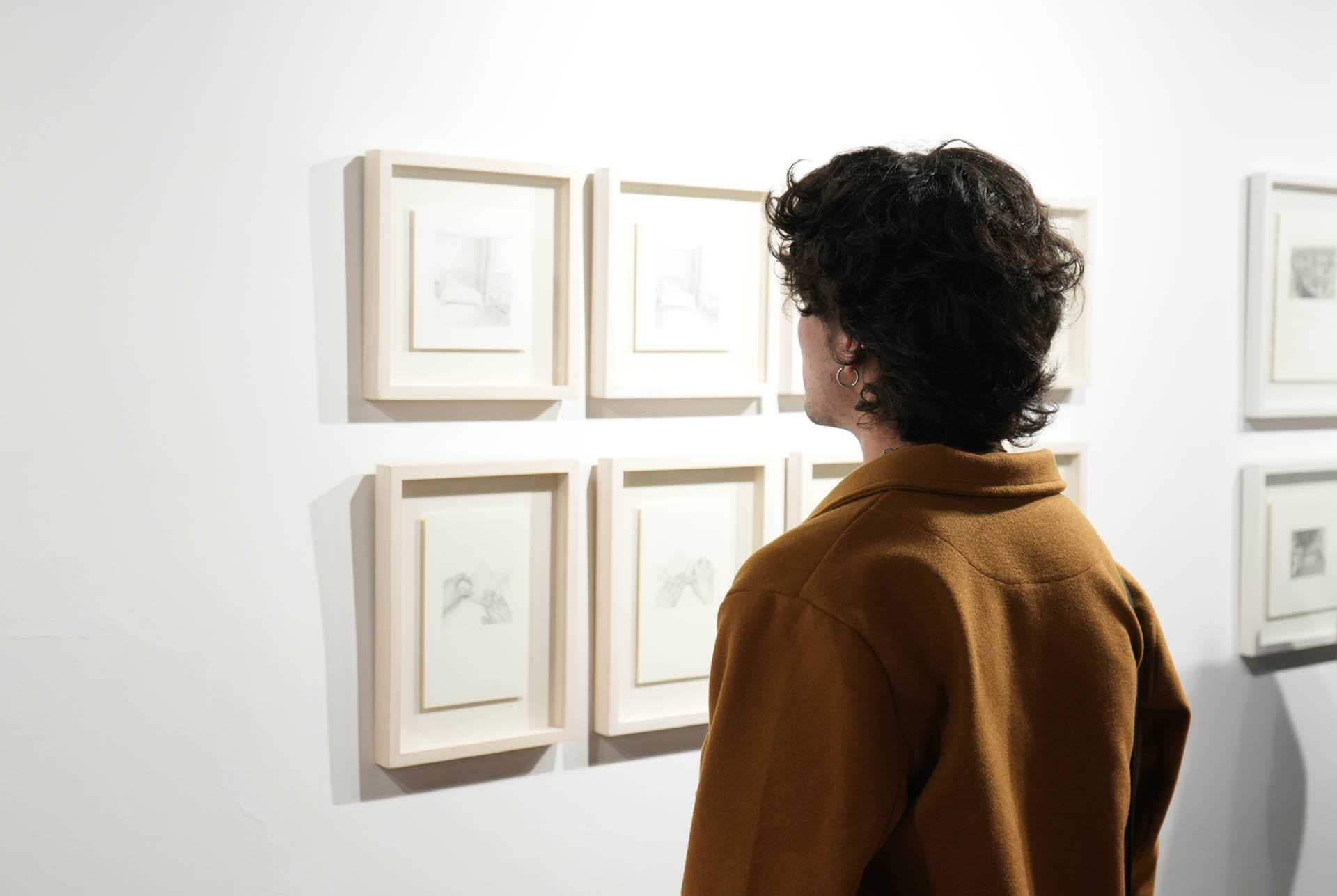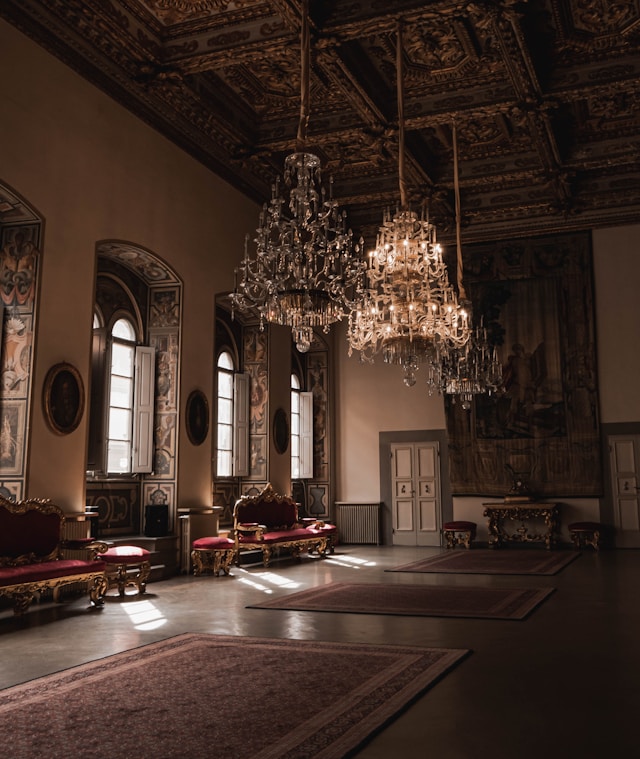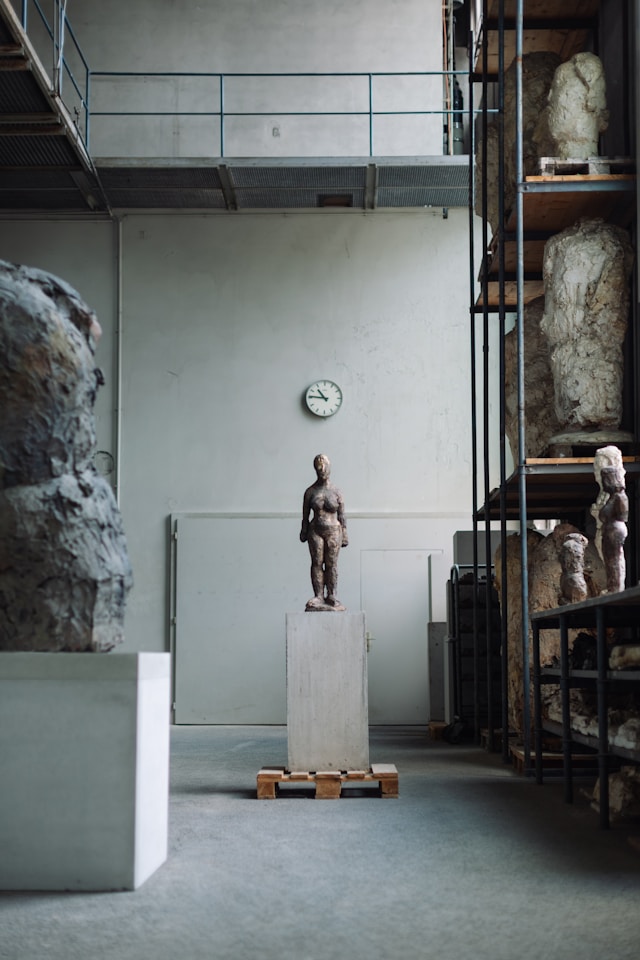
A way to empower our collectionist is showcasing the importance of their role throughout history, as many important figures in world history had been known for their great labor as collectors, amongst them important political figures and royal families in Europe.
We want to highlight collections through history that had reflected the power and prestige that their owner had, many of them being key figures in the political sphere of their time, occupying thrones in different states and kingdoms of Europe.
Besides royalty, other amazing individuals were able to break the mold of collectors and became active forces in the medium, befriending many talented artists and moving the scene in their respective cities.
Royal Collectors
Many royal families of Europe had been for since the Renaissance, the backbone of art production, patronage and collection; before this period, art was seen more as an utility for religion and state, many royals still patronage great works for holy causes, but with the turn to a world where humanity was the center of it rather than religion, the Royal adapted to a new relationship with artist.

Many royal collections are composed of commissions of portraits of the royal family as ways to elevate their status or represent them in the same light as religious figures, but not all families and individuals of royalty focus mainly on collecting their own image, many standout royals had a desire to keep the zeitgeist of the culture of their time.
The two standouts of this category we want to highlight include a whole family of elite Italian statesmen that shaped the whole Renaissance through their patronage and collection and a queen who would end up creating one of the most important modern museums of Europe.
Our first collectors are the Medici Family, an aristocratic family originally from the Republic of Tuscany in the late medieval period, through their wealth and influence they were able to position themselves in multiple lineages and dynasties around Europe, becoming queens, kings and consorts for different crowns.
Among their many deeds, the Medici are credited for kickstarting the Renaissance with the patronage for the dome of the Santa Maria del Fiore in Florence, this being their first step into becoming major players in the world of art.
Pointing to a specific collection of the Medici is complicated, as we would be talking about multiple patrons and collectors, who shaped art in different kingdoms, but the collections in landmark places like the Uffizi and Sistine Chapel wouldn’t be here without them
Our other historical collector is the longest reigning queen of Russia, Catherine the Great, the prussian born princess who succeeded the throne of Russia, allowing the kingdom to enter a great golden age which consolidated Russia in the eyes of other European monarchies.
Catherine The Great was beloved for all the achievements she did for different sectors of the Russian population; among this sector was the arts and cultures which saw a new thriving light due Catherine interest not only in supporting it by funding academies but also for her interest in keeping a well stock collection.
Her collection would end up becoming the Hermitage Museum, one of the most important institutions in European museology; thanks to her collecting endeavor, the art of Russian became part of the European scene and her museum would end up housing masterpieces from great artists around the world.
Modern Collectors
With the turn of the 20 Century, having a collection had expanded from royal patronage to a position that many socialites could acquire, with booming collections that follow all the vanguard movements that filled the streets and museums of major cities.
During a critical time of art history, where artists were figuring out the next step that art would take to define itself, many traditional gallerists and academics turned their back on this wave of artists, allowing collectors to become active agents in the scene.
This also allowed women to be more represented in the medium, as the arts had become a male dominated field, women artist didn’t unfortunately get the spotlight, but when it came to collectors, many amazing women followed the footsteps of the queens and statewomen we already mention, becoming key figure in the industry, holding great influence over big artists like Marcel Duchamp
Many of these women were also American, shifting the eurocentric congregation of arts, bringing European artists to important cities in the states like Baltimore and New York, as well by uplifting their local scenes.

A pair of these great ladies were the Cone Sisters, two Baltimore socialites whose personal friend circle included many great artists like Pablo Picasso and Henry Matisse. The sister purchase of early work from the aforementioned artist and others like Paul Cezanne helped this artist stand on their feet while their careers started to reach new heights. Their immense collection eventually became its own wing in the Baltimore Museum of Art.
But when it came to the big apple, two great ladies made such a big impact as collectors that they were able to lay the foundation to household institutions in New York, these being Gertrude Vanderbilt Whitney and Peggy Guggenheim.
Coming from wealthy families,these women climbed the social ladder of New York through their close work with artists, creating connections and collections that moved the scene from both Europe and America.
Gertrude Vanderbilt Whitney, was able to unify through her marriage to major Gilded era houses, using her resources, Gretrude weave all her influence to become a great hottest for elites and artists alike.
Her passion for patronage was born from her own experiences as an artist, been a talented sculpture, she understood the limits that many artists had, especially women, so she spent a lot of her time, energy and wealth up lifting the art of America, by donating schools and institutions and giving the resources to individuals to thrive.
She would end up founding the Whitney Museum of American Art in Manhattan, which houses her collection of American talent and even having her own work exhibited in it.
Saving the most recognizable name for last, Peggy Guggenheim made an undeniable dent in the world of art which cannot be denied,creating an unique relationship between artist and collector, in which both sides seek advice from each other lay foundation to show how a woman with a private collection could eventually evolve her catalog of artworks into a museum.
Her tenacity for collecting was so great and her desire to own elevate her collection was so great, that her endeavor continue through the second world war, even with her plans for a Paris museum been stopped, her collection of both European and American keep growing through those treacherous times, but if it wasn’t for her efforts, important figures like Jackson Pollock could have never reached to international fame.
With many achievements under her belt she was able to strengthen the bridge between American artists with Europe, helping the Solomon R. Guggenheim foundation to found its museum and eventually retiring to Venice in her later life, Peggy’s life was filled to the brim with art.
Her own collection in Venice would eventually become the second most important attraction in modern Venice, as the Peggy Guggenheim Collection, her own museum compiled of her private collection became a staple of Grand Canal, sedimenting her into history of not only one of the oldest huds of arts in Europe, but the world history as proof of how far art collectors can go.
